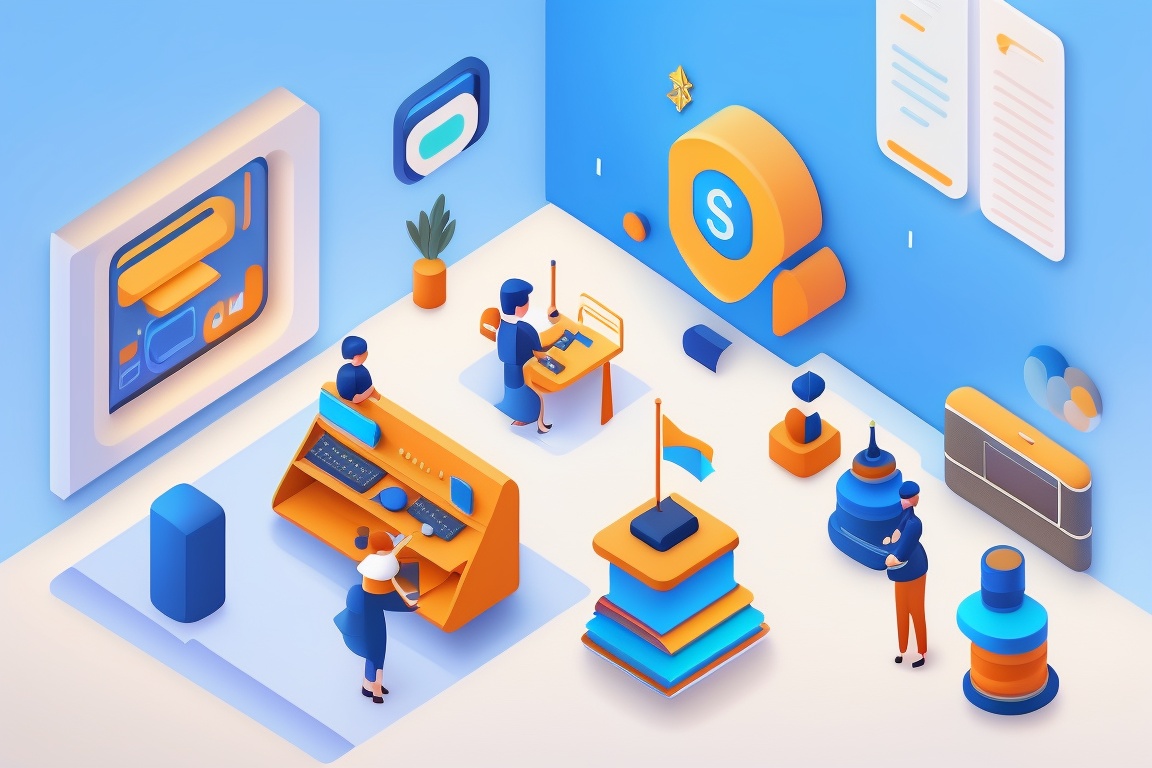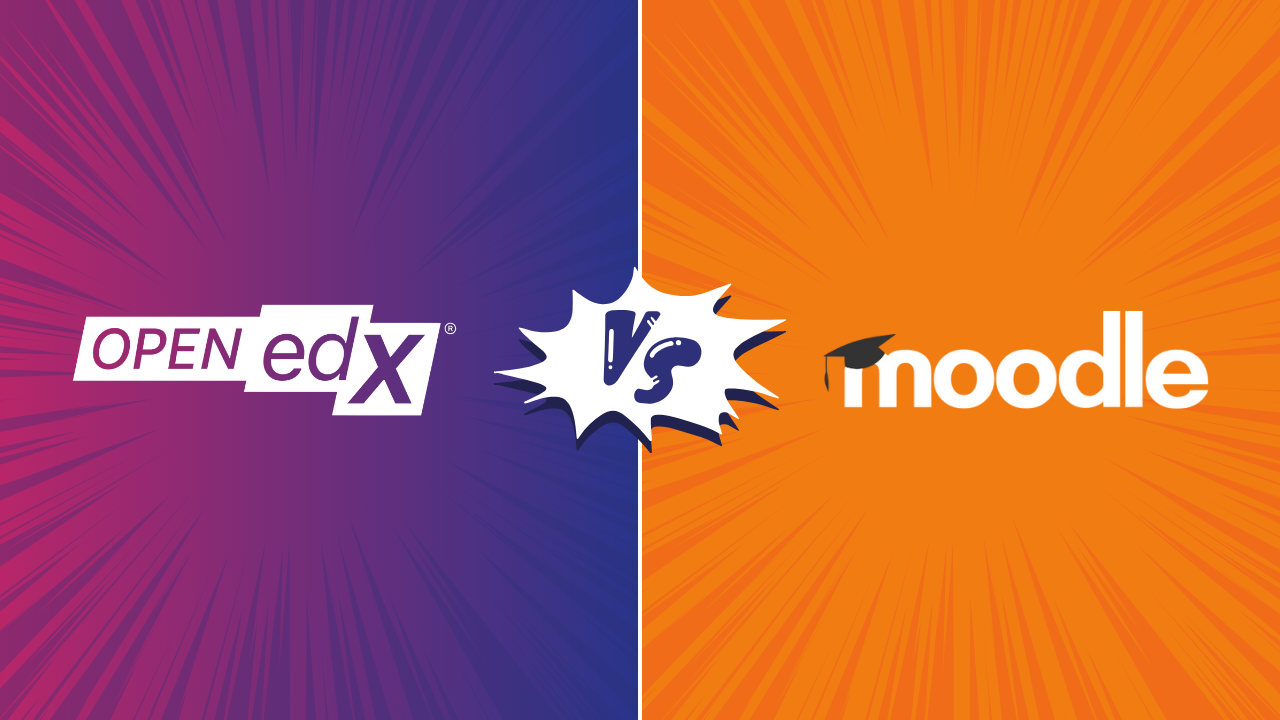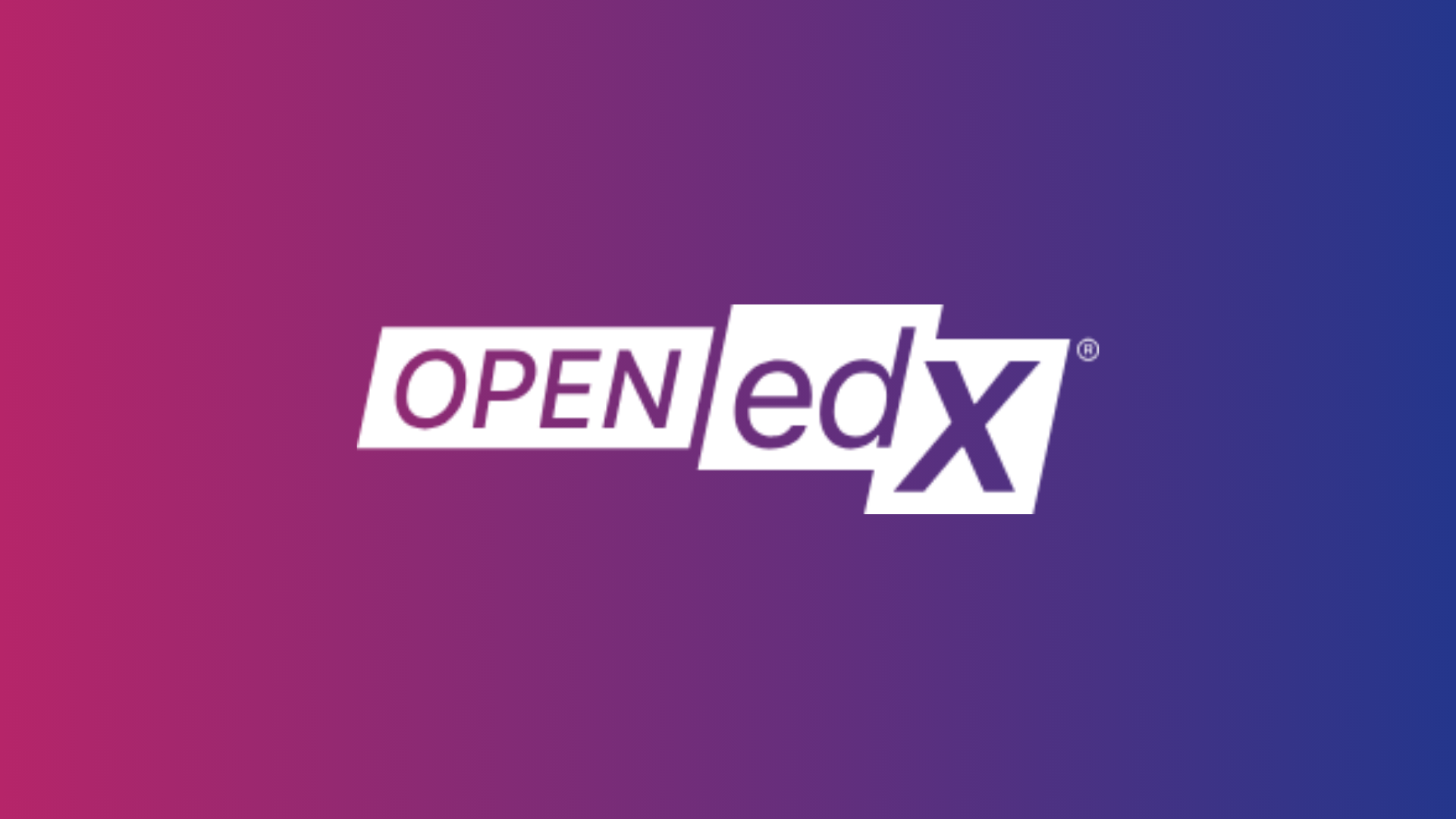Published August 3, 2022
Types of Blended Learning
Sherin P
Content Editor
Although the basic idea of blended learning is the integration of online learning and technological tools to face-to-face learning in the presence of a mentor or facilitator (human element), there are different types of blended learning. In the previous post, we explored the advantages and disadvantages of blended learning. There are around twelve different models, including subtypes, of blended learning. This article will discuss the three main types of blended learning models that have been structured and implemented in various settings.
Flipped learning gives the learners the opportunity to research about the topics in depth which will ignite their curiosity and encourage more critical thinking and proficient learning. This model also makes the students more independent in learning and foster their sense of autonomy.
The four types of rotational blended learning modalities are:
The Flex blended learning model is the most popular and widely used rotational model in blended learning. The flex model implies the flexible approach to learning where the students can learn through computers on a one to one ratio. This requires only two things - a computer system and a reliable online learning software. Those who have difficulty following the traditional learning systems might find this advantageous because this learning runs entirely at the pace of the student. The students learn under the guidance of a teacher who will be present in the classroom and points the students to the appropriate study resources. The learning experience is enhanced with various technological tools for learning and activities, like lesson videos, quizzes, worksheets and simulations that offer a richer learning experience. Students can learn at their own pace and time without compulsion and deadlines.
Other blended learning models include:
Upon implementing blended learning regardless of the model, research in various settings indicates that it remarkably improved the academic performance of students, creativity, cognitive skills, conceptual understanding, commitment, self-reliance and efficacy in learning, to name a few studied parameters. This positive influence of blended learning can be attributed to its flexible nature that allows students to learn at their own pace, mastery and time, as well as be engaged in their learning process more effectively than a traditional classroom can afford to allow collaborative learning.
Blended learning has been the best science-backed learning model that was discovered in the field of education but because traditions die hard, there has not been an upgrade in the system. However, the future demands a change. The future wants the learners to be ready for it. Learning doesn’t have to be a one-way and half-involved process anymore. It’s the best time for blended learning to take off, because the technological advances that the world witnesses now has immense potential in taking education to a whole new level.
Flipped Classroom Model
In this model of blended learning, the student is provided with pre-class material which the student independently goes through in the requested manner, and deeper learning on the content is then achieved in a collaborative classroom with the teacher and fellow students. Many studies suggest that a flipped classroom is the best teaching strategy as it allows learners to be fully engaged and enhance the learning experience as well.Flipped learning gives the learners the opportunity to research about the topics in depth which will ignite their curiosity and encourage more critical thinking and proficient learning. This model also makes the students more independent in learning and foster their sense of autonomy.
A La Carte Model
Hailing from the French word which means ‘from the menu’. A La Carte Model of Blended learning provides an online course chosen according to the interest of the students apart from the core courses. This model is flexible and student-centred like all blended learning models are supposed to be and runs at the pace the student prefers. This model involves more engaging and interactive tools designed for a rich e-learning experience. The human element in this model is the mentor or educator lecturing in the online course.Rotational Model
The rotational model of blended learning involves the rotation of various kinds of learning methods. A schedule is created with routine rotation from one training method to another at fixed intervals, which includes online learning, collaborative activities and discussions, classroom sessions etc. There are different types of rotational blended learning models.The four types of rotational blended learning modalities are:
- Station Rotation Blended Learning
- Lab Rotation Blended Learning
- Individual Rotation Blended Learning
- Flex Blended Learning
The Flex blended learning model is the most popular and widely used rotational model in blended learning. The flex model implies the flexible approach to learning where the students can learn through computers on a one to one ratio. This requires only two things - a computer system and a reliable online learning software. Those who have difficulty following the traditional learning systems might find this advantageous because this learning runs entirely at the pace of the student. The students learn under the guidance of a teacher who will be present in the classroom and points the students to the appropriate study resources. The learning experience is enhanced with various technological tools for learning and activities, like lesson videos, quizzes, worksheets and simulations that offer a richer learning experience. Students can learn at their own pace and time without compulsion and deadlines.
Other Models of Blended Learning
The three models of blended learning discussed above are the most commonly implemented in educational settings. However, there are another half a dozen number of blended learning models that have unique qualities of their own. They are not less popular or more challenging, but rather, these models are just as effective as the flipped classroom model, a la carte and rotational models. They would also share a lot of common features with these three models.Other blended learning models include:
- Project Based Blended Learning
- Self-directed Blended Learning
- Inside-Out Blended Learning
- Outside-In Blended Learning
- Supplemental Blended Learning
- Mastery-Based Blended Learning
- Remote Blended Learning / Enriched Virtual Blended Learning
Upon implementing blended learning regardless of the model, research in various settings indicates that it remarkably improved the academic performance of students, creativity, cognitive skills, conceptual understanding, commitment, self-reliance and efficacy in learning, to name a few studied parameters. This positive influence of blended learning can be attributed to its flexible nature that allows students to learn at their own pace, mastery and time, as well as be engaged in their learning process more effectively than a traditional classroom can afford to allow collaborative learning.
Blended learning has been the best science-backed learning model that was discovered in the field of education but because traditions die hard, there has not been an upgrade in the system. However, the future demands a change. The future wants the learners to be ready for it. Learning doesn’t have to be a one-way and half-involved process anymore. It’s the best time for blended learning to take off, because the technological advances that the world witnesses now has immense potential in taking education to a whole new level.
Sign up for our Newsletter
Loading...



